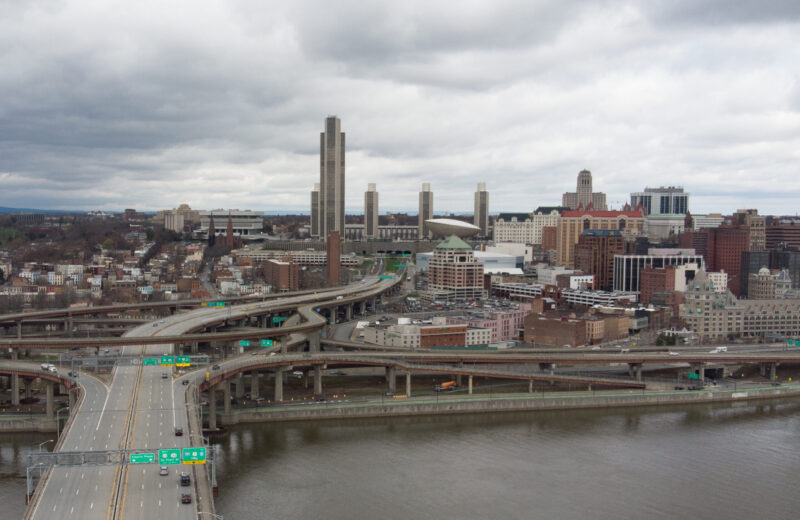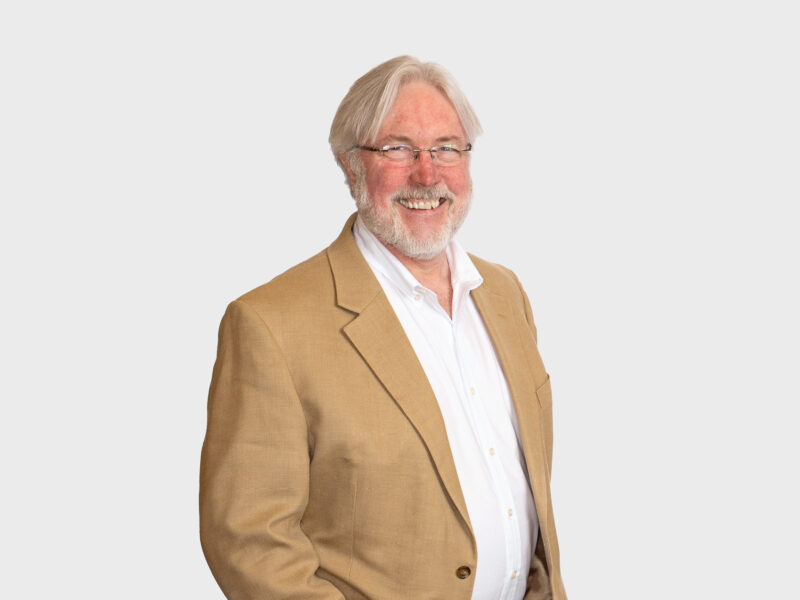Undoing damage caused by prioritizing infrastructure over people.
 This article originally appeared in Architecture New York State Magazine.
This article originally appeared in Architecture New York State Magazine.
Well-designed infrastructure supports a community and enhances the residents’ lives. Since the sixties, however, urban infrastructure has been poorly executed and, oftentimes, deliberately caused catastrophic damage to families and communities.
Is the harm caused irreparable? The jury is out and depends on what we all do next.
Most now realize the devastating effect caused by intrusive urban highways – our friends and neighbors living by highways, the communities and connections destroyed by them, ever-growing health and wealth disparities, and our planet’s suffering due to our hyper transportation network reliant upon fossil fuel guzzling cars.
OK, so attitudes about auto-centric infrastructure creation are changing but are the habits of using and creating them changing fast enough? That’s up for discussion.
Culturally speaking, our approach moving forward must be that community design is the priority and infrastructure should simply support it. For perspective, infrastructure is a mode of sustaining life (utilities) and a way of getting around (transit). That is it. Nothing more.
The origin of infrastructure? – To support community needs and improve lives.
As American cities took shape in the 19th century, the infrastructure was basic – perhaps enough public space to allow horse and buggies to pass but not much else. As time moved on, so did our needs. Water needed to be brought in, and human waste and stormwater had to be collected and discarded. The next wave brought electricity to the masses and, later, phones.
What is rudimentary and deemed basic now, was liberating back then.
The 19th century infrastructure – utilities – were proportionally scaled for the neighborhoods, towns, and villages. Not only were utilities not intrusive, but they were welcomed and seen as a priority. For decades, new discoveries and inventions emerged and became necessities for daily life.
Broadening our lens, mass transportation was taking shape and influencing the needs of municipalities and cities. Villages, towns, and cities desired train stations that went far and larger municipalities incorporated subways, trolleys, and buses with local, regional, and national routes. Moving folks conveniently, cost effectively, and within the confines of the road systems available was best to do in mass, thus the phrase mass transit. No one minded sharing mass transit accommodations since it was communal, and people identified with their communities and doing things as others did.
What changed? – Policies and Infrastructure became exclusionary, no longer serving all.
We, in the United States, became a victim of our own success and excess. And racism.
American ingenuity, mid-20th century leadership, a flourishing economy, and a newly found freedom loving consumerism led us down that road. Legislation passed and policies were implemented that paralleled the country’s euphoric, war-winning zeitgeist and evolving lust for expansionism.
The legislation adding fuel to this mindset was many, each adding to the larger, cumulative impact that negatively affected our cities, communities, and its citizenry.
In the 1930’s, President Roosevelt, through the Home Owners’ Loan Corporation, had maps for 239 cities created that ranked investment areas. Most black and brown communities, designated as being hazardous investment areas, were denoted in red, thus the term ‘redlining’. If you resided in a redlined area, you probably couldn’t get a loan or, if you could, the interest rates would be outlandish.
In 1944, President Roosevelt’s administration passed the GI Bill of Rights, providing money and stipends for veterans to use for education and housing. Demand for cheap housing plots spiked as land outside of cities was abundant and inexpensive.
The outcome was that redlined communities, predominantly black, brown, and migrant communities, were disincentivized to accumulate wealth while predominantly white veterans were incentivized to not only get an education but encouraged to flee the urban cores and purchase suburban land and housing.
These two policies laid the foundation of what we see today.
In 1956, just a dozen years later, President Eisenhower passes the Interstate and Defense Highway Act (aka: The Great Highway Act). This led to the era of urban renewal a decade or so later. Like steroids to a bodybuilder, this act, coupled with the auto industry pumping out affordable cars, became the accelerant to what was already occurring.
The large swathes of urban redlined areas were in rapid decline while suburban growth was accelerated, rapidly gaining in wealth, population, and influence.
Policies passed and actions taken represent the priorities of an era. The mid-20th century saw the push for white flight to escape ‘urban blight’, as politicians often referred to urban communities. This suburban migration and its negative effect on black and brown communities tragically coincided with the Civil Rights movement and passage of the Civil Rights Act of 1964 outlawing racial discrimination.
In 1977, President Carter passed the Community Investment Act which sought to eliminate the practice of redlining. Regarding highway planning and expansion, it fell into the too little, too late category.
What’s next? – Community evolution through inclusion.
Studies show that walkable communities comprised of a diverse population where residents have an available array of amenities and choices (transportation, stores, restaurants, parks, recreation, etc.) lead to safer, healthier, more livable communities. When those traits are present, most designers, owners, developers, and civic leaders would deem them a success.
But are they always? Too often success for some comes at the expense of others.
That is the unfortunate, unvarnished truth, and our history is fraught with examples. Often, a newly created ‘successful’ place – defined successful by those in power and afforded by those occupying high stations in society – excludes or displaces people not occupying those stations in society.
Why does this occur? Placemaking is an investment, and the return on that investment must work. Math is the bottom line.
For a project’s bottom line to work, the revenue generated must yield a higher return than the initial investment made, thus the term return on investment, or ROI. The investment costs (land purchase, construction, professional fees, interest rates, etc.) have little leeway. Oftentimes, the flexibility can only occur on the revenue generation line.
When a project’s costs escalate, which they often do, the amount of revenue generated (purchase price or tenant rent) increases. When that occurs, another stratum of folks and families can’t afford to live there.
That is a definition of exclusion. It is deemed gentrification or displacement if people or families that resided in the place prior to its improvement are priced out due to the escalated living costs of their own community.
Excluding, gentrifying, and/or displacing people from where they live shouldn’t be seen as success. So how do we ensure this doesn’t happen? When investing in existing communities, there must be mechanisms that ensure current residents can afford to stay and encourage a diverse population.
Eight decades ago, an era of legislation benefiting a majority white population while suppressing a majority black and brown population, began. Now, eighty years later, legislation, policies and practices must not only reverse the decisions made but rectify the damage done.
Just as the damage caused was deliberate and intentional, there must also be a deliberate and intentional effort to repair it.
Let’s begin by empowering the community and its citizenry. Suggested ways include creating community benefit agreements for areas and neighborhoods, land use committees or planning commissions comprised of residents, task force appointments, and so on.
It takes work – work done by us all – to undo the damage and give everyone the chance to succeed and thrive.

